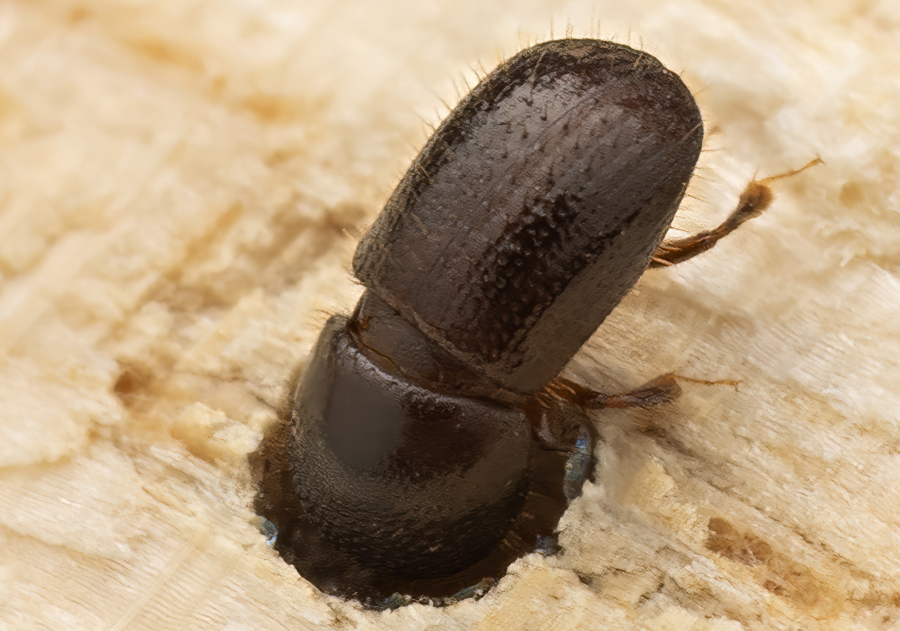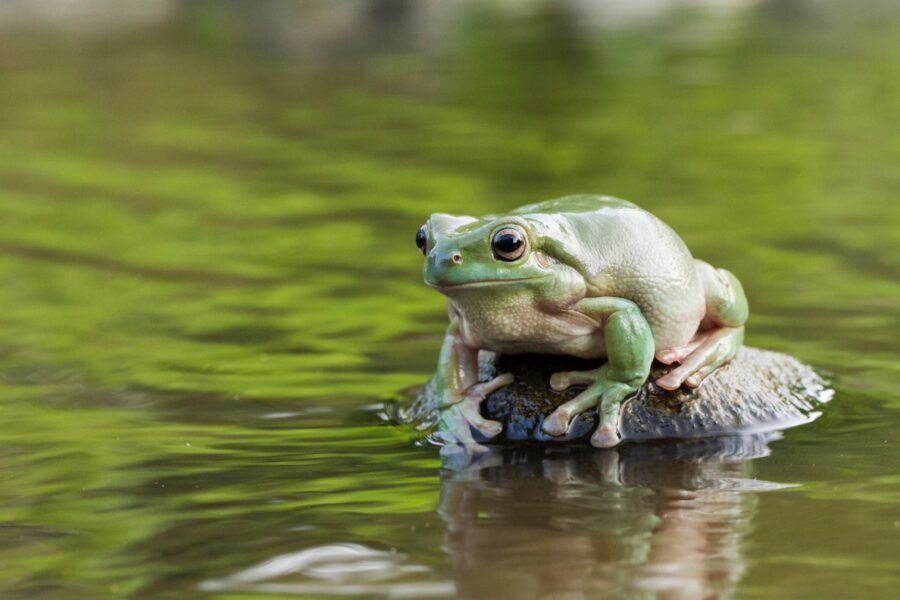Bug Hunt: Let’s unite to save the tiny creatures who keep our country thriving
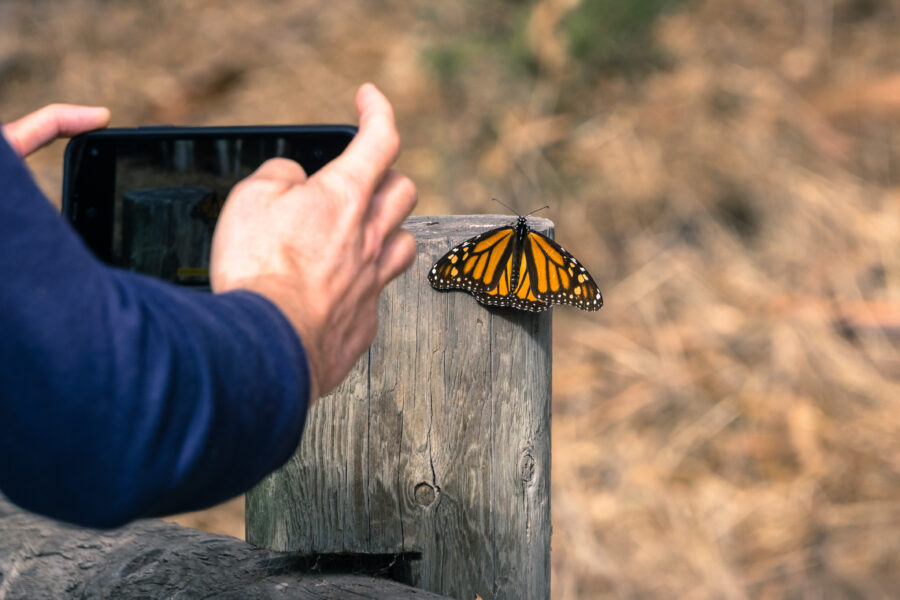
When the Australian Geographic Society announced Bug Hunt as its 2025 Gold Tier $50,000 Award for Nature winner on 23 October at the Australian Museum in Sydney, there was instant and widespread approval. At last, here was a project tackling one of the most insidious threats to Australia’s native biodiversity: tiny invasive invertebrates. And it was getting the spotlight and the support it so urgently deserves.
For almost 40 years, Australian Geographic and its not-for-profit arm, the Australian Geographic Society, have championed the protection of our wildlife and wild places, celebrating the achievements of those working at the front line of conservation. Bug Hunt continues that proud tradition. It’s an inventive, science-driven program that transforms curiosity into action and empowers Australians to help safeguard the living fabric of our unique continent.

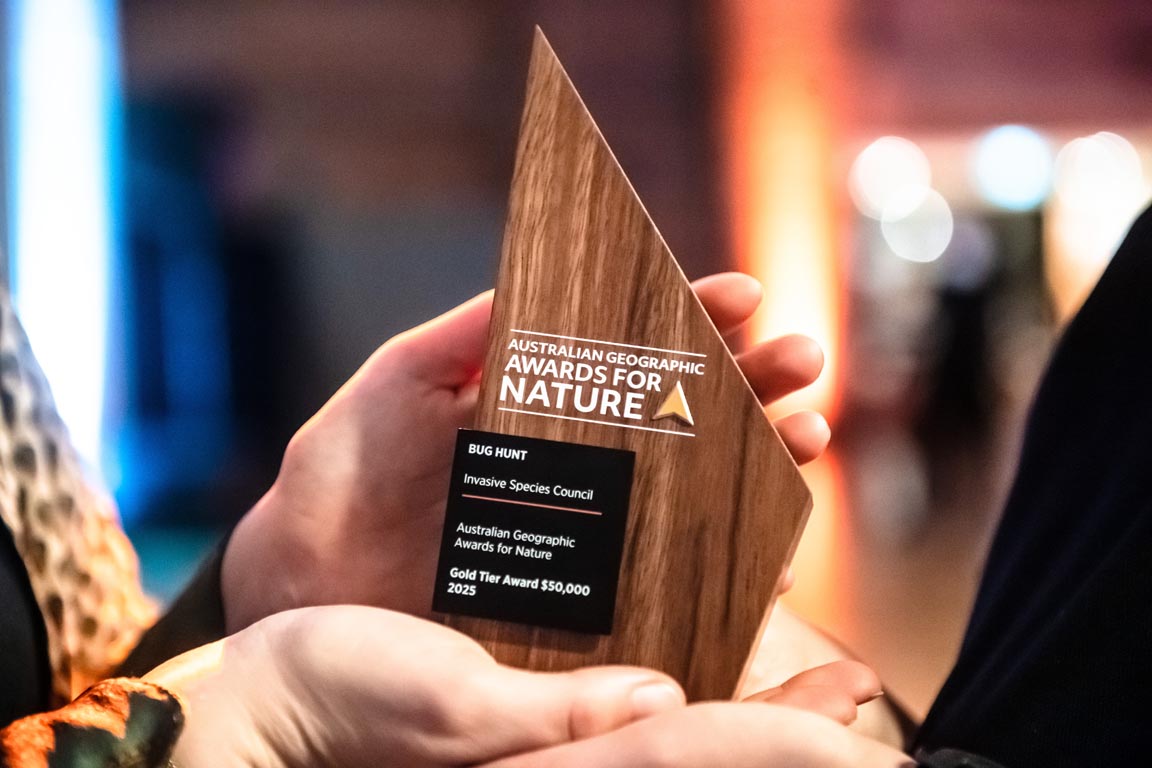
Australia has long battled the damage caused by invasive species. We hear plenty about feral cats, foxes and cane toads, but among the least understood threats are those tiny stowaways, insects and other invertebrates that slip in through ports and airports, spreading unnoticed until they’ve taken hold. Once established, they can devastate crops, unravel ecosystems and cost billions of dollars to control.
That’s where Bug Hunt comes in. Led by the Invasive Species Council (ISC) in partnership with Invertebrates Australia, and backed by the Department of Agriculture, Fisheries and Forestry’s Environmental Biosecurity Project Fund (DAFF), this ambitious citizen-science program is rewriting the rules of biosecurity by enlisting the energy, curiosity and collective power of everyday Aussies.
“All you need is your phone and a bit of curiosity,” says Jess Ward-Jones, ISC’s Citizen Science Coordinator. “Every photo you take helps scientists understand and protect Australia’s incredible wildlife, and it could even stop the next fire ant or shothole borer outbreak before it spreads.”
Participants use the free iNaturalist app to photograph insects, spiders, snails and other invertebrates they encounter in backyards, on balconies, in parks or bushland. Each image is uploaded to the Atlas of Living Australia, helping scientists build a national picture of species distribution and track emerging threats. During its 2024 pilot, Bug Hunt generated more than 110,000 new invertebrate sighting records, a major leap forward in coverage and detail.
“Every photo snapped is a gift to science and could be a lifeline for nature,” says Jack Gough, ISC’s CEO. “With around 70 per cent of Australian invertebrates still unknown to Western science, a single photo from a schoolyard could be the first record of a rare native species. Any of our citizen scientists could even be Australia’s next biosecurity hero.”
But Bug Hunt is about more than surveillance; it’s also about wonder. “When we look closely, we discover how much life is right under our noses,” says Alison Mellor, Invertebrates Australia’s Bug Hunt Coordinator. “A lovely Christmas beetle or bogong moth on our windowsill is just as fascinating and important as a koala or a kookaburra.”
Australia is home to more than 250,000 native invertebrate species, from iridescent beetles to industrious native bees. They pollinate plants (including for food production), build soil and feed our native wildlife – yet almost 1000 are now listed as threatened. By drawing attention to these quiet workers of nature, Bug Hunt aims to reframe them not as creepy crawlies but as essential partners to all life on earth.
The Australian Geographic Society’s $50,000 Gold Tier Award will help Bug Hunt expand its reach through three major initiatives. The first is Bugs in My Backyard Week, a nationwide event from 17–23 November 2025, inspired by the popular Aussie Bird Count. Australians everywhere will be invited to take part in a week-long invertebrate snapshot, contributing their photos from balconies, gardens and parks.
The second initiative equips teachers with curriculum-linked lesson plans, prioritising schools near ports and airports where invasive pests pose the highest risk. The third celebrates the beauty and ecological worth of native invertebrates, nurturing fascination instead of fear.
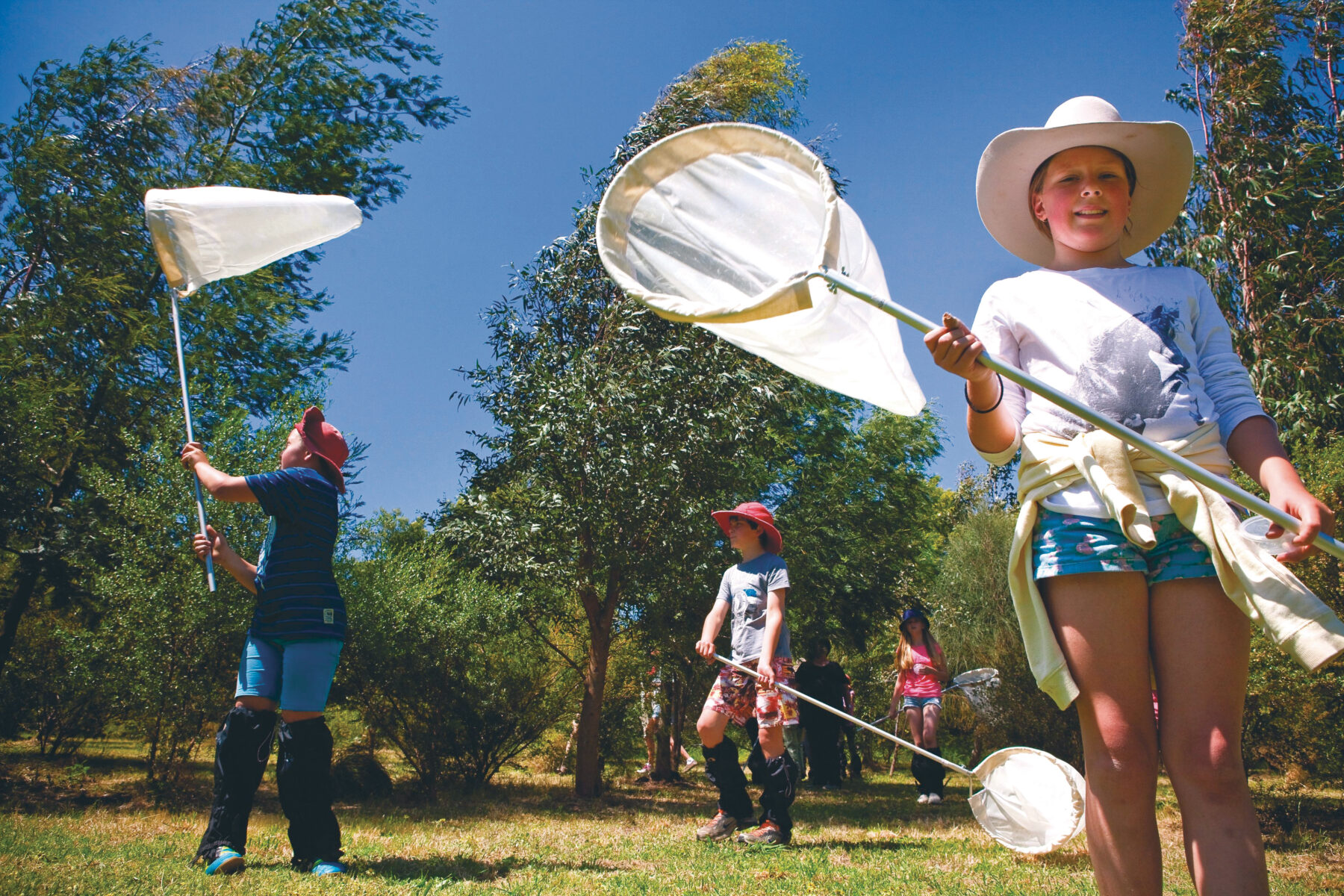
“We’re incredibly grateful to Australian Geographic for backing Bug Hunt and Bugs in My Backyard Week,” says Jess Ward-Jones. “Their support means we can inspire even more Australians to get outside and discover the incredible invertebrates that keep our country thriving, while also being important eyes on the ground to keep them safe.”
By subscribing to Australian Geographic magazine, readers directly support initiatives like the Awards for Nature, and in turn become powerful allies to partners on the front line of nature repair such as the Invasive Species Council. Each subscription helps fund real, measurable conservation outcomes – proof that storytelling can drive change.
In recognising Bug Hunt with its most prestigious award, the Society affirms a powerful truth: that conservation is as much about participation as protection. Bug Hunt is more than a project; it’s a movement turning small moments of curiosity into data capable of defending entire ecosystems.
How to get involved
From 17–23 November 2025, join Bugs in My Backyard Week, a nationwide celebration of Australia’s mini-beasts. Start by registering for Bug Hunt on the dedicated website.
Also download the free iNaturalist app from the app store on your phone, create an account and join Bug Hunt Australia.
Start snapping photos of the insects, spiders, snails and other invertebrates you find, and upload your sightings to contribute to real scientific research. Kids, get your parents’ permission to take part.
Start snapping today. You’ll be helping protect Australia’s biodiversity while discovering the secret life of the creatures that keep our country thriving.

